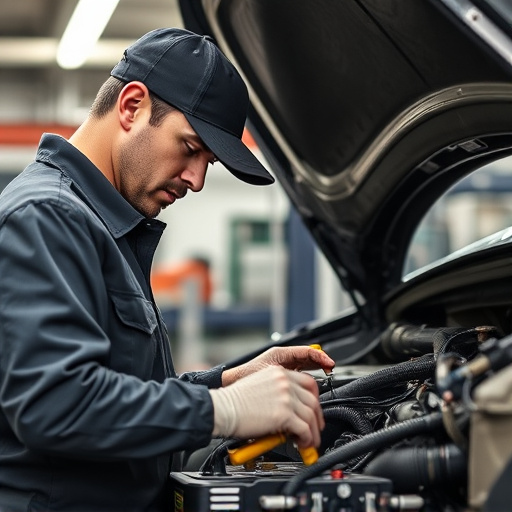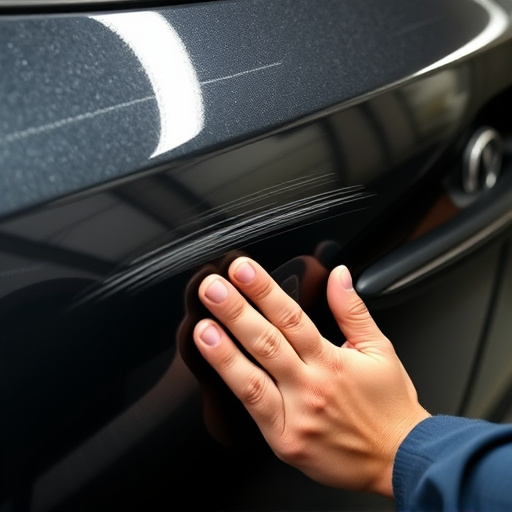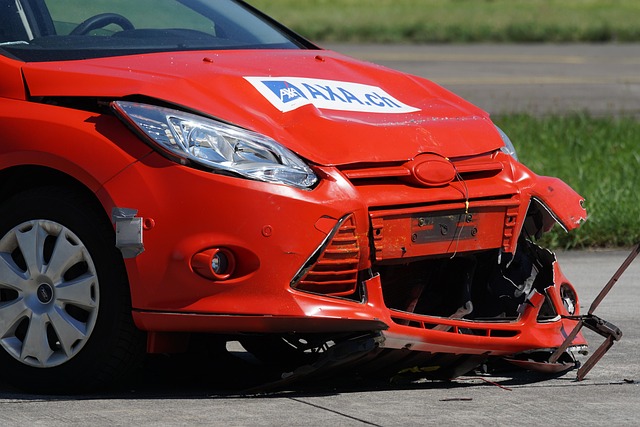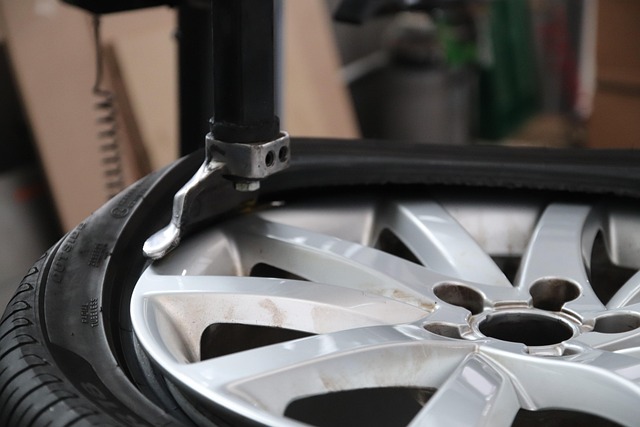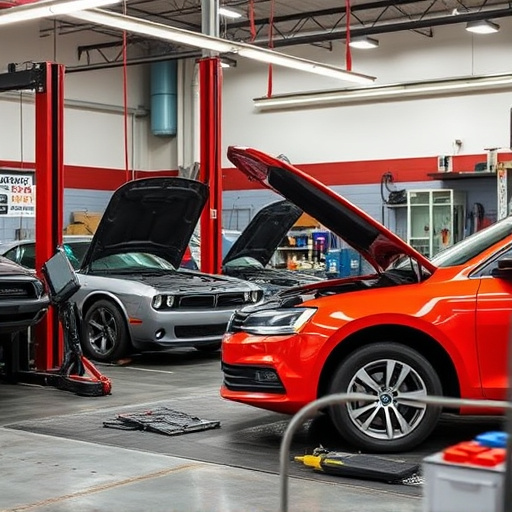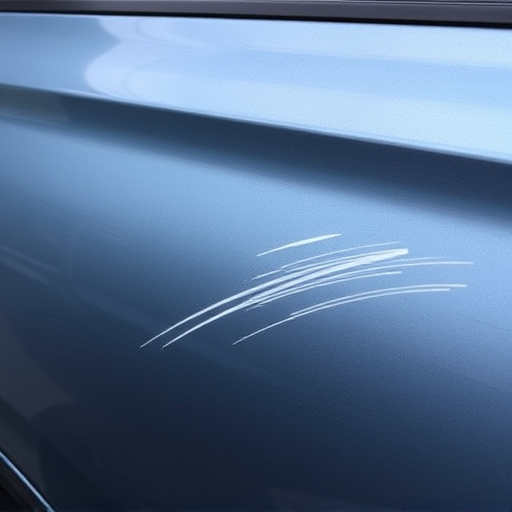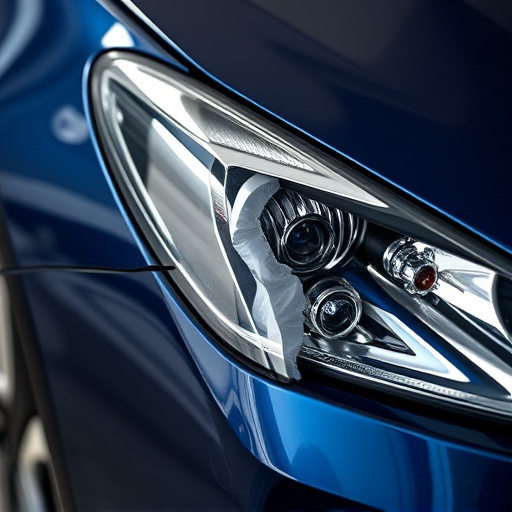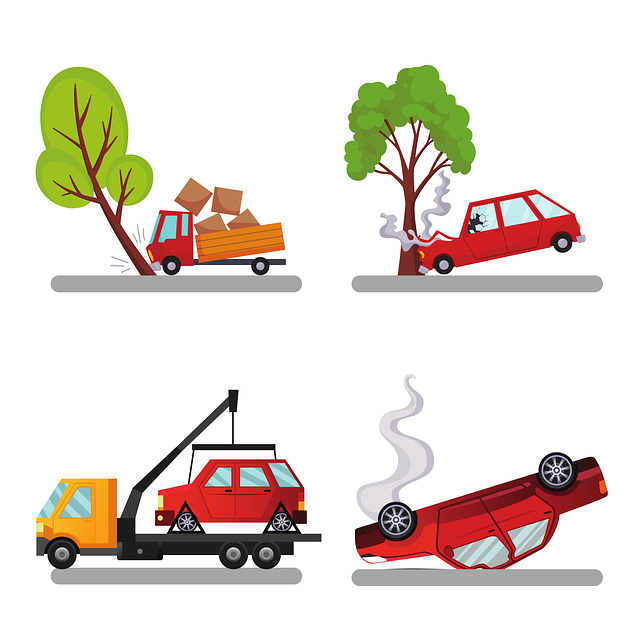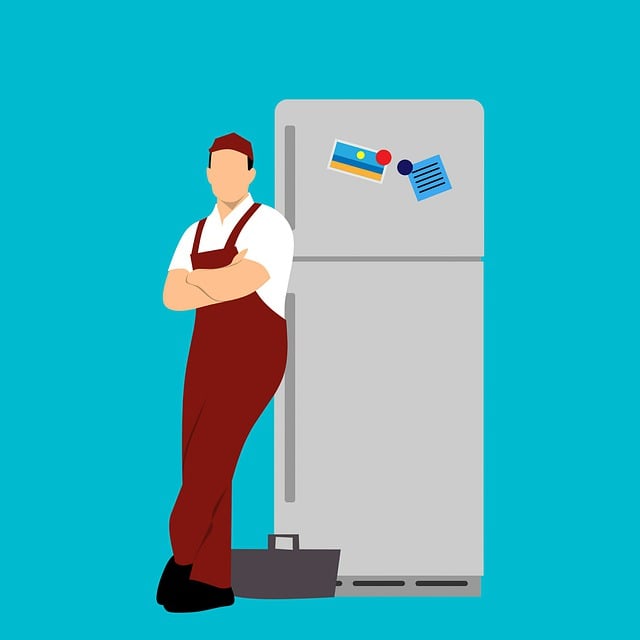By 2025, global automotive frame rail repair costs are expected to surge due to complex vehicle designs, supply chain disruptions, and rising labor expenses. Collision repair centers are responding by investing in specialized tools and training to enhance precision, efficiency, and affordability. Proactive measures like regular maintenance checks and staying updated with technologies can help both auto body shops and car owners mitigate these increasing costs.
In 2025, the global automotive industry faces a growing challenge with escalating frame rail repair costs. This trend is not just a local phenomenon but a worldwide concern. Our article delves into the factors contributing to this increase, from rising material and labor prices to advancements in safety standards and regulatory changes. We also explore strategies for automakers and workshops to prepare for and mitigate the financial impact of these repairs, ensuring sustainable operations in the face of these rising costs.
- Rising Costs of Frame Rail Repair: A Global Trend in 2025
- Factors Driving the Increase in Frame Rail Repair Expenses
- Preparing for and Mitigating the Financial Impact of Frame Rail Repairs
Rising Costs of Frame Rail Repair: A Global Trend in 2025

In 2025, the global automotive industry is witnessing a significant surge in frame rail repair costs, reflecting a broader trend across the sector. This increase can be attributed to several factors, including rising materials and labor prices, as well as advancements in safety standards and technology. Frame rails, critical components that provide structural integrity to vehicles, are undergoing more complex repairs due to modern vehicle designs and increasingly stringent safety regulations.
The impact of these elevated costs is not limited to luxury brands like Mercedes-Benz repair shops and collision repair centers; it extends across various vehicle types and regions. Vehicle restoration experts are navigating this challenge by investing in specialized tools and training to offer more precise, efficient, and cost-effective frame rail repairs. This global trend underscores the dynamic nature of the automotive sector and its continuous efforts to balance innovation with affordability.
Factors Driving the Increase in Frame Rail Repair Expenses
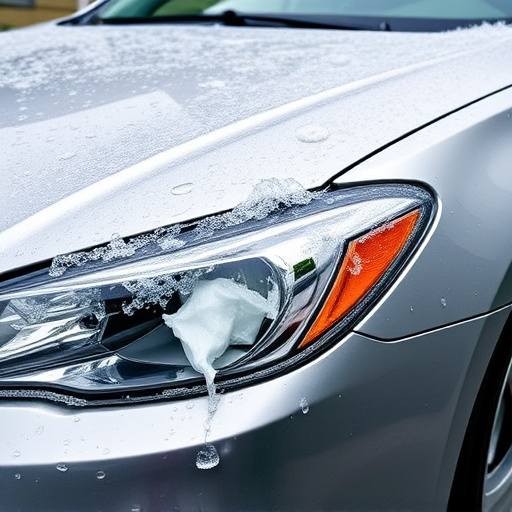
The escalating costs of frame rail repair in 2025 can be attributed to several key factors within the automotive industry. One major driver is the increasing complexity of modern vehicle designs, where advanced safety features and lightweight materials require more intricate and precise framing structures. As these components become more sophisticated, so do the repair methods needed to preserve structural integrity.
Additionally, the tight supply chain issues experienced globally have impacted the availability and pricing of raw materials and specialized parts used in frame rail repairs. Collision repair centers often rely on a steady stream of affordable parts to keep up with demand, but these challenges have forced many to reassess their procurement strategies. This situation is further exacerbated by rising labor costs, as skilled technicians who can perform these intricate repairs are in high demand, leading to higher wages and overhead expenses for collision repair facilities.
Preparing for and Mitigating the Financial Impact of Frame Rail Repairs
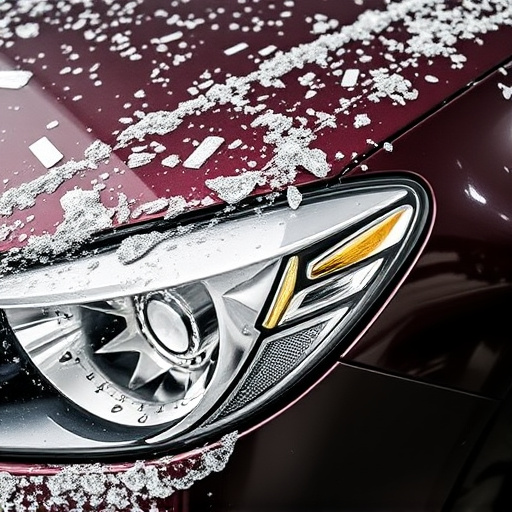
As frame rail repair costs prepare to surge in 2025, businesses and individuals alike must start preparing for this financial challenge. Frame rails, the backbone of a vehicle’s structure, are critical components that protect occupants during accidents and maintain overall safety. When these essential parts become damaged, requiring intricate repairs or even replacement, it can significantly impact both auto body repair shops’ bottom lines and car owners’ wallets.
To mitigate the financial blow, proactive measures can be taken. Regular maintenance checks focusing on frame rail integrity can help identify potential issues early, reducing the need for more costly emergency repairs. For auto body repair shops offering collision repair services, staying updated with the latest repair techniques and technologies will ensure efficient, accurate work that minimizes material waste and labor costs. Additionally, keeping detailed records of repair histories can aid in identifying patterns and trends related to frame rail damage, allowing for better preparation and pricing strategies.
As we look ahead to 2025, the increasing costs of frame rail repair present both challenges and opportunities. By understanding the driving factors behind this global trend, automakers and consumers alike can prepare for the financial implications. Proactive measures, such as improved maintenance practices and advanced material technologies, can help mitigate the impact, ensuring that frame rail repairs remain affordable and accessible in the face of rising expenses.
